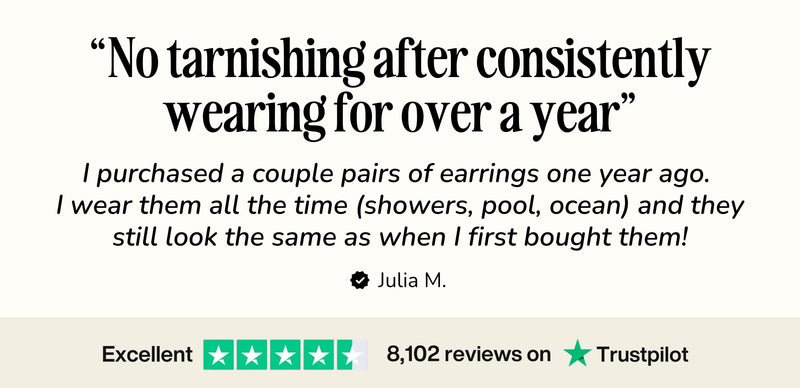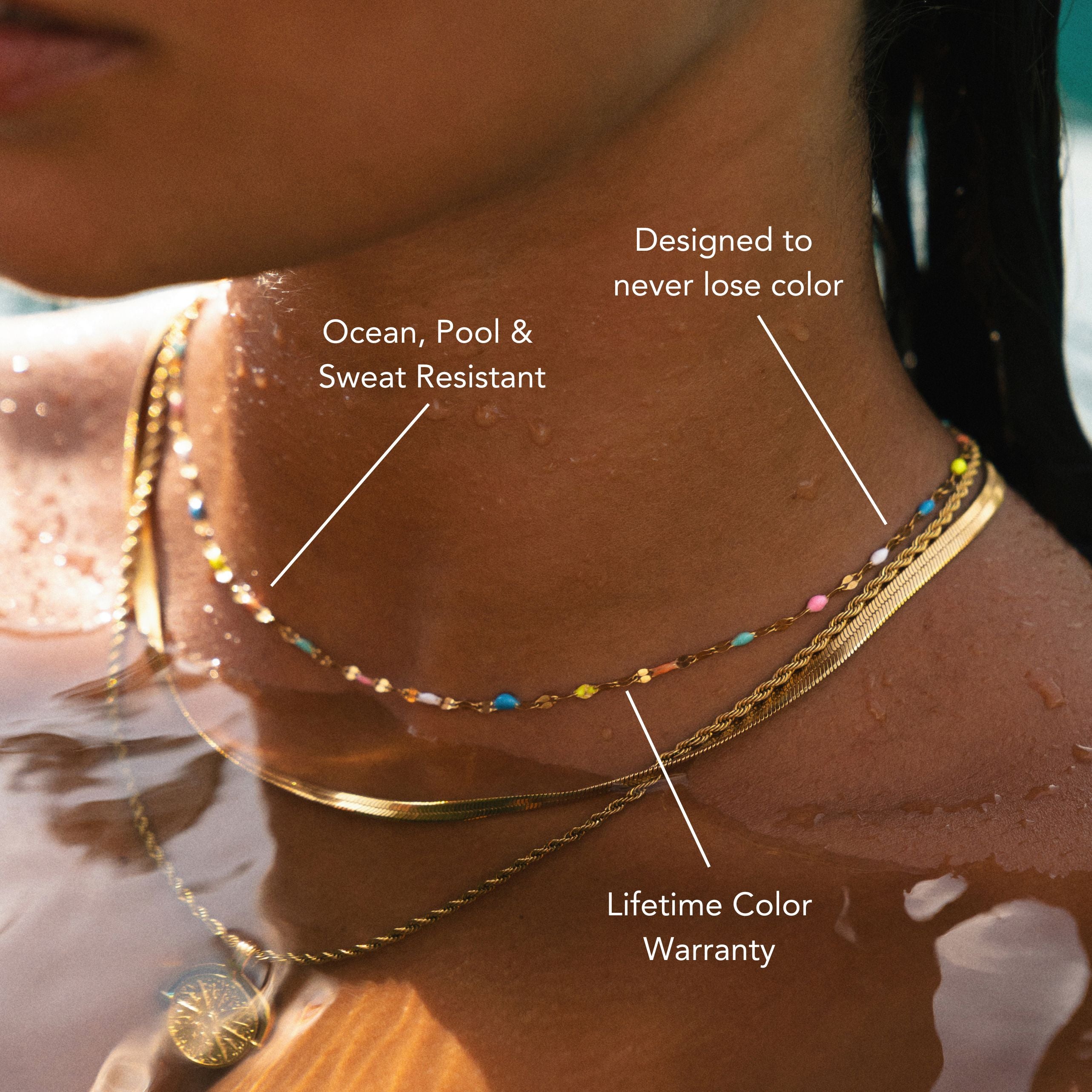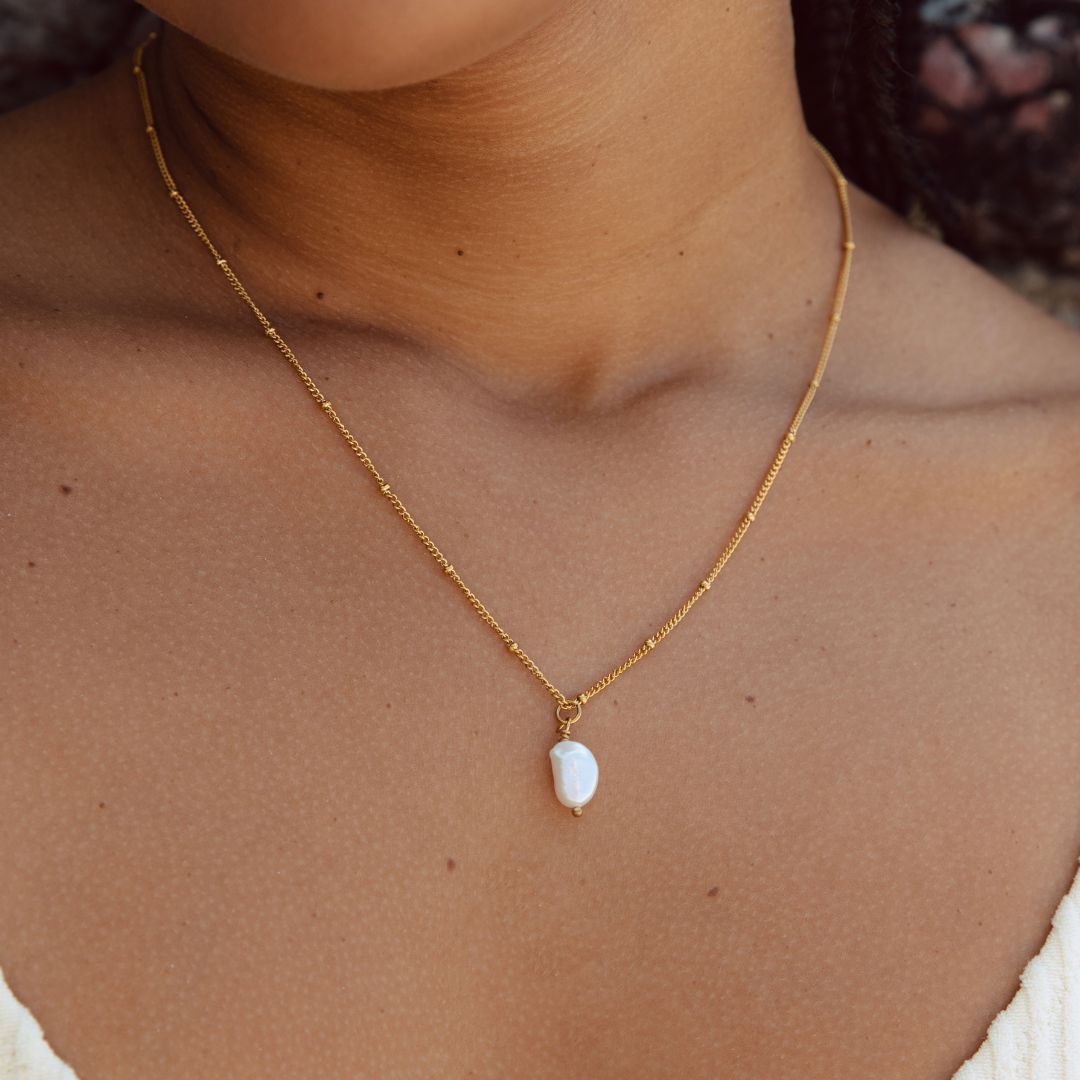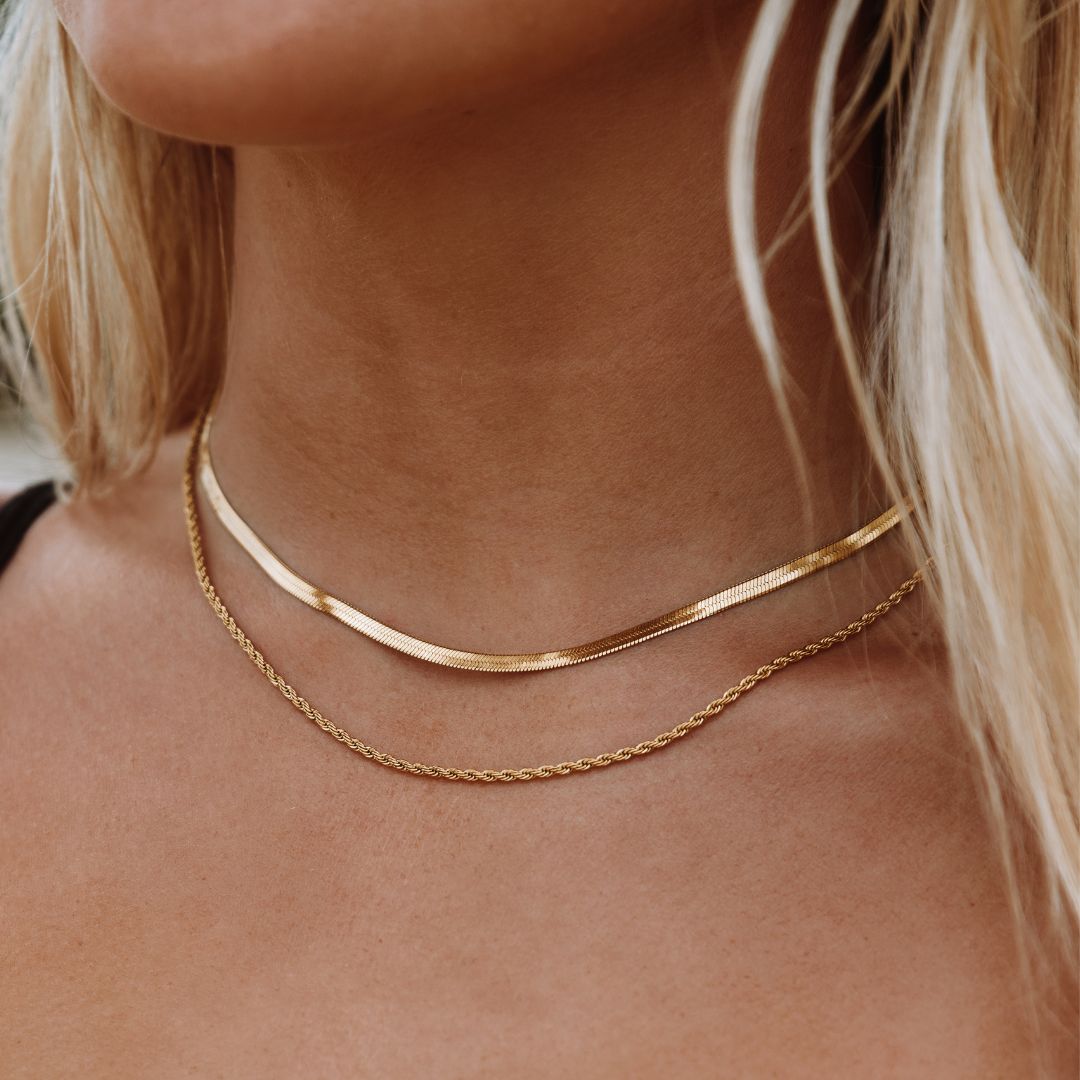Different Types of Ocean Waves
One of the most awe-inspiring and beautiful phenomena in this world is witnessing ocean waves. When you look through the ocean, you can see countless waves as far as your vision could reach. That probably makes you wonder if there are various types of waves.
The truth is, there are a large variety of different types of waves. All the types of waves are defined based on restoring mechanisms and generation. There are a frequent set of motions moving forward, rising, splashing among each wave, could lose their motions, and just rise back again. So, in today’s blog, you will know what the types of ocean waves formed according to different weather conditions are.
The Different Types of Ocean Waves
Waves are fun to watch and to delight. They are one of the reasons why surfers and beach-goers visit; otherwise, the ocean or the beach would be boring. Just imagine a beach without waves, do you think it’s fun? With only water and sand left, perhaps it’s going to be boring.
Ocean waves are one of the natural wonders that excite every one of us. And with that, there are various types of waves formed based on the weather. Read on to know more about the types of waves.
Breaking Waves
These waves occur when the wave breaks down on top of it. The breaking surface of water occurs in any places on the seawater surface. However, anyone who sees breaking water surface waves on a shoreline since their heights are improved in shallow water areas.
When the waves reach the shore, they can be modified through the resistance presented by the sloping seafloor. That said, the seafloor blocks the wave of the trough or base of a wave. At the same time, the crest or the top keeps moving to its typical speed. That said, the wave will start to lean as it slowly reaches the shore.
Capillary Waves
Capillary wave is the shortest-period wave and the first ever to be seen on ocean surfaces. It can be noticed when the wind starts blowing. It looks like a cat’s paw that is ripping the smooth surface. This odd wavy structure is forced by a light breeze of speeds at about three m/s and undertakes a fine structure of minor ripples with less than 1.5 cm wavelength. It also comes with a period of less than 0.1.
The aspects of capillary waves are subjected primarily to surface tension that forces the velocity to be 1.5 greater than the point velocity. Thus, the small ripples may change into longer waves if the waves keep rising because of wind.
Gravity Waves
Gravity waves happen when there is a continuous blowing of wind rather than substantial fetch. The waves become longer than the limits of the wavelength at about 1.7 cm. As the wave grows longer, the surface tension becomes small, and the gravity remains its restoring mechanism. It is worth mentioning that gravity acts on wave dispersal by inducing wave stages to spread faster. Thus, the effect of surface tension is reversing.
Shallow Water Waves
This type of ocean wave has its source where the deepness of the water is less. Shallow Water Waves travel in water that comes with less than 1/20 of wavelength depth. However, unlike other waves, the shallow water waves’ speed does not involve the wave’s wavelength. Instead, the speed could also be the function of the water’s depth.
Inshore Waves
Inshore wave’s length is lesser than the depth of the water’s depth it enters. That said, it reduces the speed of waves. As a result, it increases the height and decreases the wavelength until the wave breaks. Furthermore, coastal waves drain beaches as the backwash.
Internal Waves
Internal waves are among the largest types of ocean waves. However, they are not obvious on the surface because of their appearance in water’s internal layers. The ocean water consists of different layers due to colder and salty water that tends to sink below the warmer and less salty water.
Even though internal waves can be alike to the surface waves in structure and shape, you should know that internal waves cross long distances and reach towering heights when it hits a landmass.
Progressive Waves
The amplitude of the progressive wave is equivalent to the entire point. It has a clear energy flow, wherein a wave in which the value ratio from one point to another is continuous. There are 3 kinds of progressive waves; transverse, longitudinal, and the orbital waves.
Kelvin Waves
Kelvin waves are also known as large-scale waves when there is a lack of wind blowing in the Pacific Ocean. This type of wave was discovered by Lord Kelvin. Kelvin waves are a special type of ocean wave influenced by the rotation of the Earth that gets trapped at the Equator or just along lateral vertical boundaries like mountain ranges and coastlines.
Seiche Waves
Seiche waves are known as standing waves that occur in a limited or partly confined body of water. It can form in any type of enclosed or semi-enclosed body of water. Just imaging when water splashes back and forth in the water tub, swimming pool, or just the glass of water, you will witness a seiche on a smaller scale. However, on a larger scale, these are formed in large lakes and bay areas.
Refracted Waves
Refracted waves are known to travel in shallow water when it approaches the shore, and the shallowness decreases the wave’s power and when it causes a curve. Therefore, refracted waves are usually seen near bays and headlands.
Wrapping Up
Waves are indeed fascinating. Whenever you hear it when you’re reaching the beach, you can’t help but become very excited to swim and join the waves. Though you might hear about tall and giant waves that could be dangerous, it’s good to know why they occur or happen in the ocean.
Hopefully, with all the various types of ocean waves mentioned in this article, you now have ideas of what they are like. If you’re also fascinated by ocean waves, perhaps you want to check out ATOLEA Wave-inspired jewelry to wear. Our Wave jewelry lets you keep the Ocean with you all year long and reminds you to go with the flow.
Here at ATOLEA, we make Ocean-inspired jewelry not just only to appreciate the wonders and beauty of the Ocean and marine life, but also to contribute to its preservation. With each of your purchases, you will be helping the future of the oceans.
So dive into our unique Sea-inspired jewelry collections now and show everyone you care for the Ocean!




















Leave a comment
This site is protected by hCaptcha and the hCaptcha Privacy Policy and Terms of Service apply.